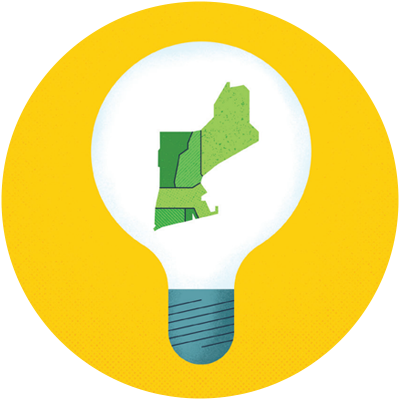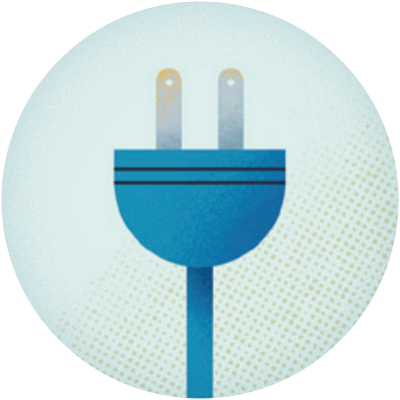

ISO New England, the region’s electric grid operator, anticipates having sufficient resources to meet consumer demand for electricity this winter.

The Natonal Oceanic Atmospheric Administration forecasts slightly warmer than average temperatures in southern New England and near-average temperatures in the rest of New England. Near average seasonal total precipitation is forecast for all New England.
“We’re well-prepared heading into winter,” said Stephen George, ISO New England’s vice president, System Operations & Market Administration. “Our enhanced forecasts and operating tools give us confidence in the system’s ability to meet electricity demand across New England.”
Winter peak forecast, under normal weather conditions
Winter peak forecast, under below-average temperatures
Total resources available
Last winter’s demand peaked on Jan. 22, 2005
ISO New England uses numerous forecasts and analyses to determine forecast winter weather conditions, expected demand for electricity, and the supply available to meet that demand.
 This season marks the first time ISO-NE used the Probabilistic Energy Adequacy Tool (PEAT) to assess energy shortfall risk against the recently defined Regional Energy Shortfall Threshold (REST). PEAT is designed to quantify potential energy shortfall risk due to extreme weather events.
This season marks the first time ISO-NE used the Probabilistic Energy Adequacy Tool (PEAT) to assess energy shortfall risk against the recently defined Regional Energy Shortfall Threshold (REST). PEAT is designed to quantify potential energy shortfall risk due to extreme weather events.
Based on this analysis, ISO-NE projects that the region is well-positioned going into the winter season. No violations of the REST were identified in the forecast modeling.
“REST is going to give us so much vision of the future.”
Watch the video to learn more about how the ISO prepares for the winter season.
ISO-NE anticipates winter electricity demand to peak at 20,056 megawatts (MW) under normal weather conditions. During extreme cold weather, demand is projected to peak at 21,125 MW. These demand forecasts are similar to last year’s when demand peaked at 19,607 MW on January 22, 2025.
 ISO New England expects the region to have approximately 31,000 MW of available supply capacity, including contributions from demand response resources, as well as the Vineyard Wind project and increased imported energy from the New England Clean Energy Connect transmission line. Both projects are expected to be online this winter and are included in ISO-NE’s assessments.
ISO New England expects the region to have approximately 31,000 MW of available supply capacity, including contributions from demand response resources, as well as the Vineyard Wind project and increased imported energy from the New England Clean Energy Connect transmission line. Both projects are expected to be online this winter and are included in ISO-NE’s assessments.
In order to remain agile and ensure reliability throughout winter, each week, ISO-NE publishes a 21-day forecast that incorporates a variety of factors to provide information to the region about possible energy supply constraints. This early warning gives resource owners the opportunity to reschedule planned maintenance or arrange for additional fuel deliveries.
 Should unexpected conditions arise, such as a sudden loss of generation or transmission issues, highly trained system operators inside of ISO New England’s control room have various tools available to balance the system. These tools include requesting maintenance be deferred, increasing imported energy, or calling on reserve resources.
Should unexpected conditions arise, such as a sudden loss of generation or transmission issues, highly trained system operators inside of ISO New England’s control room have various tools available to balance the system. These tools include requesting maintenance be deferred, increasing imported energy, or calling on reserve resources.